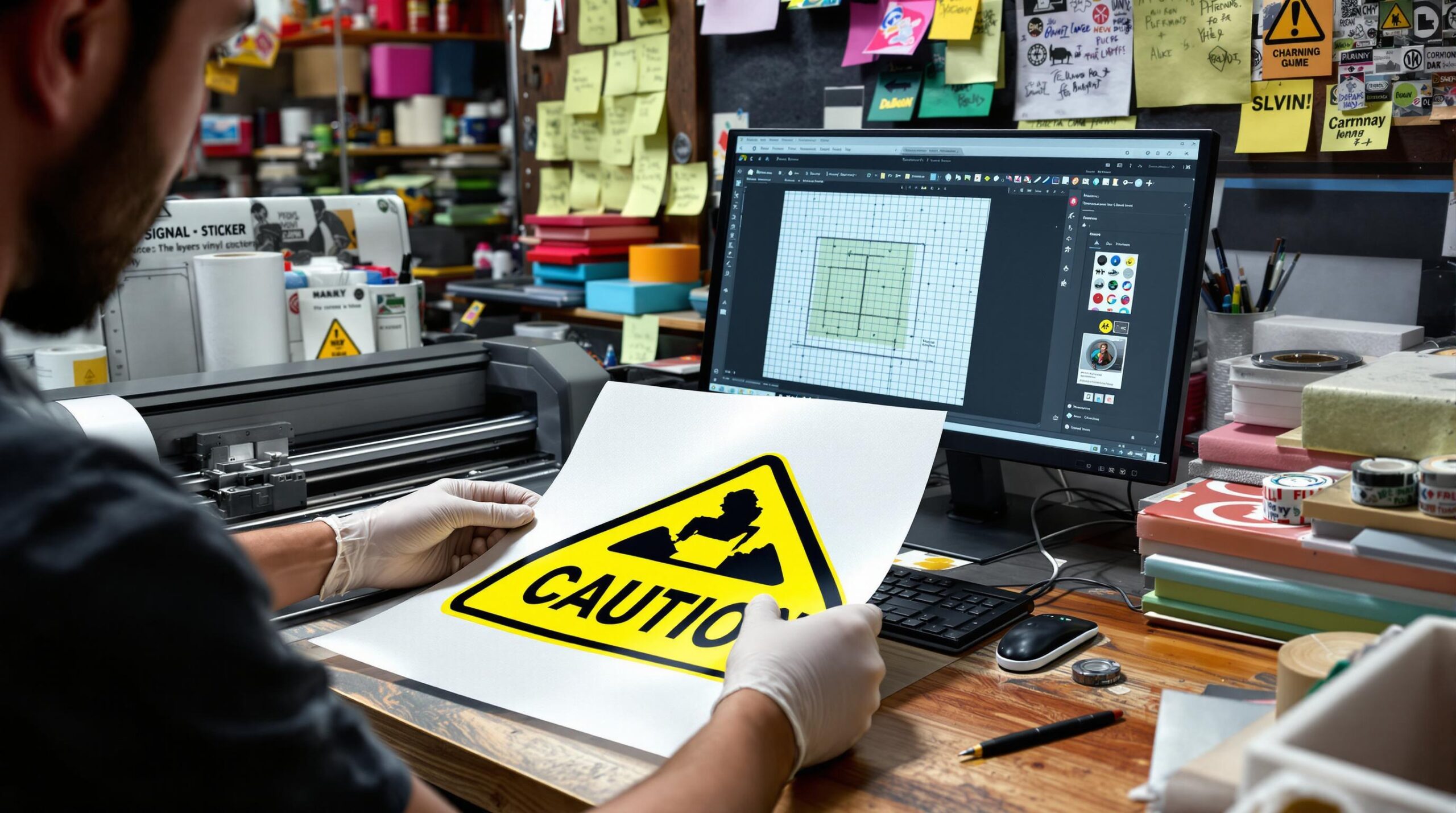Creating custom stickers for messaging applications like Signal has become a popular way to personalize communications and express emotions in the digital age. Stickers can add a fun and entertaining element to conversations, beyond what standard emojis can provide. In this guide, the focus will be on how to create Signal stickers from scratch, exploring various helpful methods, tools, and techniques. Users can learn how to design, format, and upload their stickers to make their digital interactions more vibrant and engaging. Expect to explore essential tools, explore artistic techniques, and understand the technical aspects essential for the optimal creation of stickers.
Selecting The Right Tools For Sticker Creation
When embarking on a journey to create stickers, selecting the right tools is paramount to ensuring a flawless design process. There are a variety of platforms available, each offering unique features conducive to sticker creation. Let’s delve into some of the favored platforms that can significantly enhance your sticker design experience.
Graphic Design Software
Popular graphic design software includes Canva, Adobe Illustrator, and Sticker Mule. These tools offer a myriad of features, from vector-based drawing to advanced editing options. Each platform caters to different user preferences:
- 🎨 Canva: User-friendly interface perfect for beginners with tons of templates.
- 🖌️ Adobe Illustrator: Professional-grade tool ideal for those who want to create intricate designs.
- 🛠️ Sticker Mule: Specifically designed for sticker creation, it offers printing services with high-quality results.
Mobile Applications
For those who prefer working on the go, mobile applications are an invaluable resource. Tools like Procreate (for iOS) or ArtFlow (for Android) facilitate sticker design on tablets or smartphones. Their touch interface allows for more intuitive drawing:
- 📱 Procreate: Offers an extensive brush library and layers for detailed sticker designs.
- 🖊️ ArtFlow: Simple and robust with a great user experience for touch devices.
Understanding Sticker Dimensions and Formats
Creating stickers for Signal requires adherence to certain dimensional aspects and formats to ensure they display correctly. Understanding these elements will help you avoid common pitfalls:
Optimal Dimensions
Stickers for messaging apps typically have a specific size requirement for optimal performance. For Signal, the ideal sticker size is generally around 512 x 512 pixels. Keeping stickers within these dimensions ensures that they look great on various devices and screen sizes:
- 📏 Standard size: 512 x 512 pixels.
- 📐 Max file size: 512KB.
File Formats
When saving your sticker designs, choosing the right file format is equally critical. Common formats include:
- 🖼️ PNG: Maintains transparency, perfect for stickers.
- 💾 JPEG: Useful for photographic stickers but doesn’t support transparency.
Creating Your Custom Stickers
The actual process of creating your stickers involves various creative techniques and considerations. Here’s a breakdown of the steps involved.
Design Process
Begin your design process by sketching out ideas for your stickers. Think about the emotions, expressions, or themes you want to convey. This initial brainstorming is critical as it sets the tone for your designs. Once ideas are solidified, use your chosen software to create the designs. Follow these tips:
- 🎨 Consider color schemes that resonate with your target audience.
- 🔍 Maintain a theme throughout your sticker set for brand coherence.
- ✏️ Sketch rough drafts before creating digital versions.
Adding Text and Effects
Incorporate text or effects in your designs wherever necessary. Utilizing software like Canva makes it easy. Use bold fonts to ensure clarity. Experiment with different filters and shadows to give depth to your stickers, enhancing visual appeal.
Exploring PMP Certification: Your Pathway to Mastering Project Management Skills
Uploading Your Stickers To Signal
Once your stickers are created and saved in the appropriate formats, it’s time to upload them to Signal. Signal supports uploading custom stickers with ease:
Here’s a step-by-step guide to streamline the process:
- 📥 Open Signal and navigate to the stickers section in the chat settings.
- 📂 Tap on “Add New Sticker Pack” option.
- 📸 Upload your sticker images from your device.
- 🔗 Share the sticker pack with friends or family.
Getting Creative and Promoting Your Stickers
After uploading your stickers, consider showcasing them on various social media platforms. Create buzz around your custom sticker packs using stories or sample chats. Engaging friends and family encourages them to use your stickers and spread awareness:
- 📱 Start a challenge on platforms like Instagram to encourage usage.
- 📣 Share feedback from users to improve future designs.
Exploring Sticker Trends and Community
Keeping up with latest trends in sticker designs can help you stay relevant and inspire fresh ideas. The sticker design community is vibrant and continuously evolving:
Sticker Themes and Techniques
Monitor popular themes for stickers, such as:
- 🌈 Emoji faces expressing various moods.
- 👾 Meme-based designs resonating with current events.
- 🦄 Cute animal pictures with text overlays.
Participating In Online Communities
Join design-focused online communities where you can share your stickers, receive feedback, and draw inspiration from others. Websites like Signal Stickers offer dedicated platforms for users to share and discover new sticker packs, further motivating your creative journey.
Conclusion
Creating stickers for Signal is an enjoyable endeavor that allows for personal expression and creativity. By selecting the right tools, understanding the necessary formats, and effectively uploading your stickers, you can enhance your communication experience while connecting with others in a fun way. As sticker culture continues to grow, staying aware of current trends and actively participating in creative communities provides ongoing inspiration.







